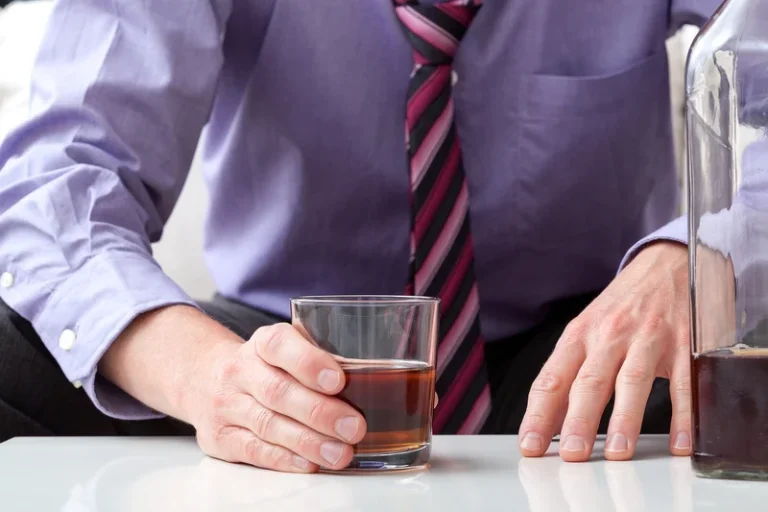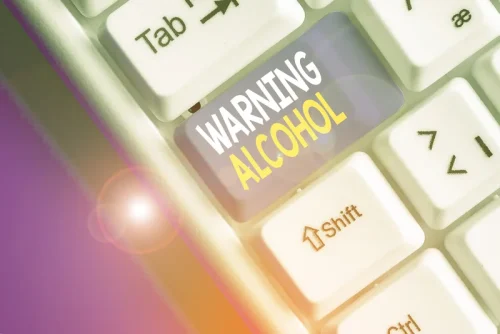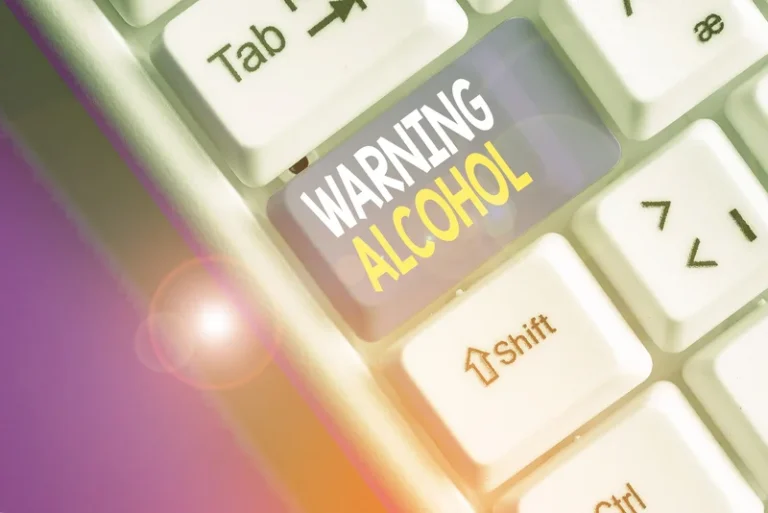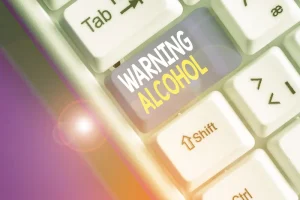How Does Abstinence Violation Effect Impact Recovery?

Abstinence violation effect can be overcome, but it is far better to avoid suffering AVE in the first place. Enroll in Amethyst Recovery, and you’ll learn the skills you need to practice effective relapse prevention. The Abstinence Violation Effect is when there is any deviation from a desired behavior goal and this deviation is viewed as a total failure. This viewpoint that the deviation is a total failure is then used as a further justification to continue using or doing the addictive behavior.

Sensory Issues in ADHD vs Autism: Key Differences & Similarities Explained
Taylor uses an app to watch her intake of calorie limit and does see positive outcomes to her new lifestyle. One night, she craves pizza and wings, orders out, and goes over her calories for the day. By providing comprehensive care, our treatment programs create a supportive environment in which our clients can build a solid foundation for lasting sobriety.

Sign up for text support

It can lead to a significant loss of motivation and confidence in their ability to maintain their recovery. There are many relapse prevention models used in substance abuse treatment to counter AVE and give those in recovery important tools and coping skills. One of the biggest problems with the AVE is that periods of abstinence from opioids increase a person’s risk of overdose and today’s heroin is often tainted with super-potent fentanyl analogs. Because of heightened overdose risk, treatment providers can offer naloxone and overdose prevention training to all clients, even those whose “drug of choice” does not include opioids. Rather than communicating pessimism about a client’s potential to recover, these overdose prevention measures acknowledge the existence of the AVE and communicate that safety is more important than maintaining perfect abstinence. More information on overdose prevention strategies in treatment settings is available here.
Is a Relapse Dangerous?
Rather than only focusing on the end goal, celebrate small victories and all positive steps you’ve taken thus far. Some examples of proven coping skills include practicing mindfulness, Sober living home engaging in exercise, or pursuing activities that bring you fulfillment. Instead of sinking into self-blame, reframe setbacks as temporary obstacles rather than insurmountable failures, and replace blame with self-compassion and understanding.
- First characterized as an important ingredient in the relapse process in the mid-1980s, the AVE has profound relevance for addiction professionals today.
- Because of heightened overdose risk, treatment providers can offer naloxone and overdose prevention training to all clients, even those whose “drug of choice” does not include opioids.
- To the best of our knowledge, this is the first study in Iran assessing the effectiveness of relapse prevention intervention based on Marlatt’s model.
- In the present study, there was a significant difference in effective coping skills in the intervention group immediately, one week and three months after the intervention.
However, there are some common early psychological signs that a relapse may be on the way. If you are worried that you might be headed for a relapse, you don’t have to wait until it happens to reach out for help. You might imagine a relapse as a single event that occurs during a moment of weakness. It’s important to challenge negative beliefs and cognitive distortions that may arise following a relapse. One of the key features of the AVE is its potential to trigger a downward spiral of further relapse and continued substance use. For example, I am a failure (labeling) and will never be successful with abstaining from amphetamine addiction treatment drinking, eating healthier, or exercising (jumping to conclusions).

Ohio Recovery Center

In addition, in the study of Bordbar, CBT helped reduce anxiety in individuals by changing one’s attitude, increasing self-efficacy and self-esteem, as well as changes in coping strategies 22. Specific intervention strategies include helping the person identify and cope with high-risk situations, eliminating myths regarding a drug’s effects, managing lapses, and addressing misperceptions about the relapse process. Other more general strategies include helping the person develop positive addictions and employing stimulus-control and urge-management techniques. Researchers continue to evaluate the AVE and the efficacy of relapse prevention strategies.
What Can Clinicians Do To Counteract the AVE?
Additionally, the support of a solid social network and professional help can play a pivotal role. Encouragement and understanding from friends, family, or support groups can help individuals overcome the negative emotional aftermath of the AVE. Rather than labeling oneself as a failure, weak, or a loser, recognizing the effort and progress made before the lapse can provide a more balanced perspective.
Creating Coping Skills
- AVE can be observed in various areas, including addictions, dietary restrictions, and impulse control.
- For those struggling with some form of addiction, this is a very relatable topic.
- The results showed that there is a significant difference between the lapse rate in the intervention group compared to the control group immediately, one week and three months after the intervention.
- The Chi-square test showed a significant difference between the two intervention and control groups in terms of the average number of daily cigarettes in 4 points.
- Specific intervention strategies include helping the person identify and cope with high-risk situations, eliminating myths regarding a drug’s effects, managing lapses, and addressing misperceptions about the relapse process.
- Accordingly, policymakers should pay attention to these situations in their programs.
AVE can be observed in various areas, including addictions, dietary restrictions, and impulse control. Altogether, these thoughts and attributions are frequently driven by strong feelings of personal failure, defeat, and shame. These negative emotions are, unfortunately, often temporarily placated by a renewed pattern of substance abuse. This isn’t the only way in which our thinking might become twisted when we experience a lapse in sobriety. Abstinence violation effect fuels our negative cognition, causing us to judge ourselves quite harshly.
A Good Treatment Program Can Help You To Avoid The Abstinence Violation Effect
- The study conducted by Alamdarloo et al. indicated that the depression, anxiety, and stress of Iranian males with addiction as an internal high-risk situation were reduced through cognitive-behavioral therapy 21.
- Making a commitment to stop drinking only to find yourself days, weeks, months or years down the road ingesting alcohol.
- This does not mean that 12-step is an ineffective or counterproductive source of recovery support, but that clinicians should be aware that 12-step participation may make a client’s AVE more pronounced.
A person who can implement effective coping strategies such as leaving a high-risk situation is less likely to relapse. In the present study, there was a significant difference in effective coping skills in the intervention group immediately, one week and three months after the intervention. There was also a significant difference in the control group, but the results indicated a higher effectiveness of the cognitive-behavioral-based intervention compared to the routine intervention. It can be stated that increasing coping skills emphasizes teaching coping strategies.
In the present study, there was a significant difference in outcome expectation in the abstinence violation effect intervention group immediately, one week, and three months after the intervention. There was also a significant difference in the control group, but the effectiveness of the intervention based on the cognitive-behavioral model compared to the routine intervention was higher. It can be stated that outcome expectation interventions may increase the likelihood of successful behavior change by undermining individuals’ beliefs about smoking. Based on the study of Atmodjo et al. success smoking cessation is indirectly affected by outcome expectation 31.